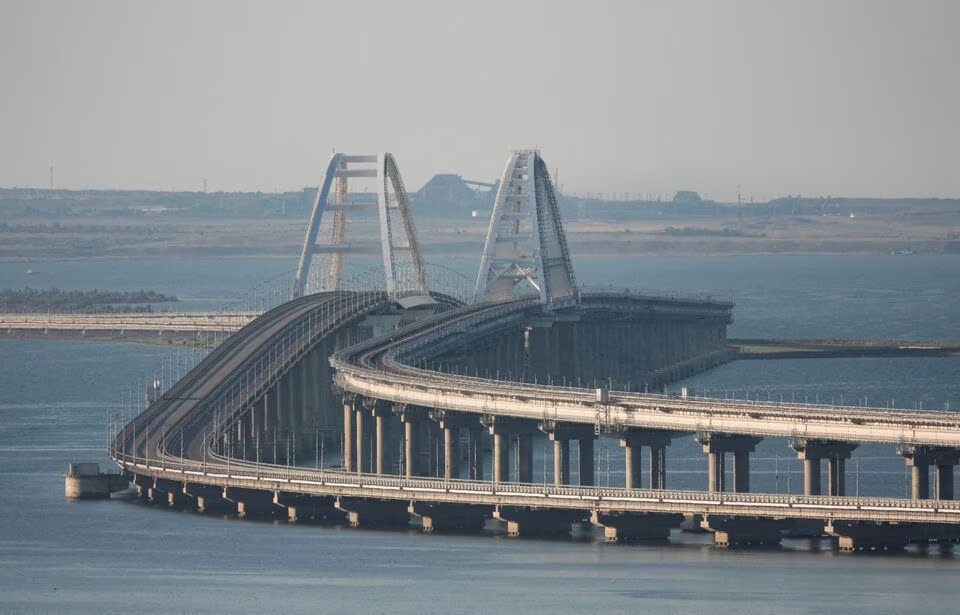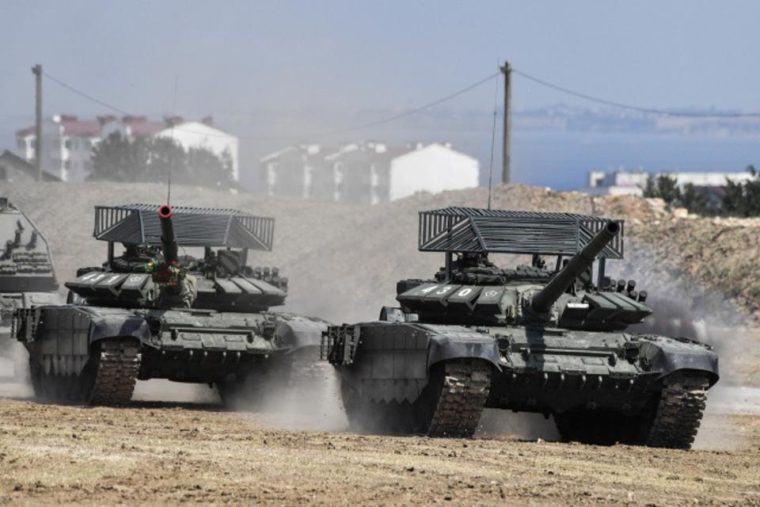The Kerch Strait serves as a bottleneck for providing military logistics support to Russian forces in the occupied areas of Kherson and Zaporizhzhia Oblasts. Russia heavily depends on the Crimean bridge and ferries to traverse the strait.
According to British intelligence, Russia is employing a variety of passive defenses, including smoke generators and underwater barriers, in addition to active defense measures like air defense systems. These efforts aim to enhance the survivability of water crossings and reduce potential damage from future attacks.
“The bridge's importance for both logistics and symbolism of Russian occupation mandates these extensive protection measures,” UK intel wrote on its Twitter.
As of 29 August 2023, imagery confirms that Russia has established an underwater barrier consisting of submerged ships and containment booms. This barrier serves as a deterrent against potential Uncrewed Surface Vehicle (USV) attacks targeting the Crimean Bridge.
At the southern section of the bridge, this arrangement encompasses several vessels spaced 160 meters apart. These vessels are positioned in the same location where the Ukrainian Sea Baby USV attacks occurred on 17 July 2023.
In September 2022, the Russian Navy conducted a brief trial of radar decoys on barges for a few days. This action was likely taken to discourage radar-seeking missiles, British intel concluded.
Additional countermeasures aimed at safeguarding the bridge involve the utilization of TDA-3 truck-mounted smoke generators. An exercise involving these generators was conducted on 24 May 2023. This smoke was subsequently deployed on 12 August 2023, as a means of deterring incoming air threats.
Read also:
- SBU head unveils details of the ingenious first strike on Crimean Bridge
- Russia claims to down 20 drones attacking Crimean military base at night
- Russian logistics to suffer short- and medium-term after Crimean bridge attack – ISW
- A section of the Crimean bridge fell down after a night strike



